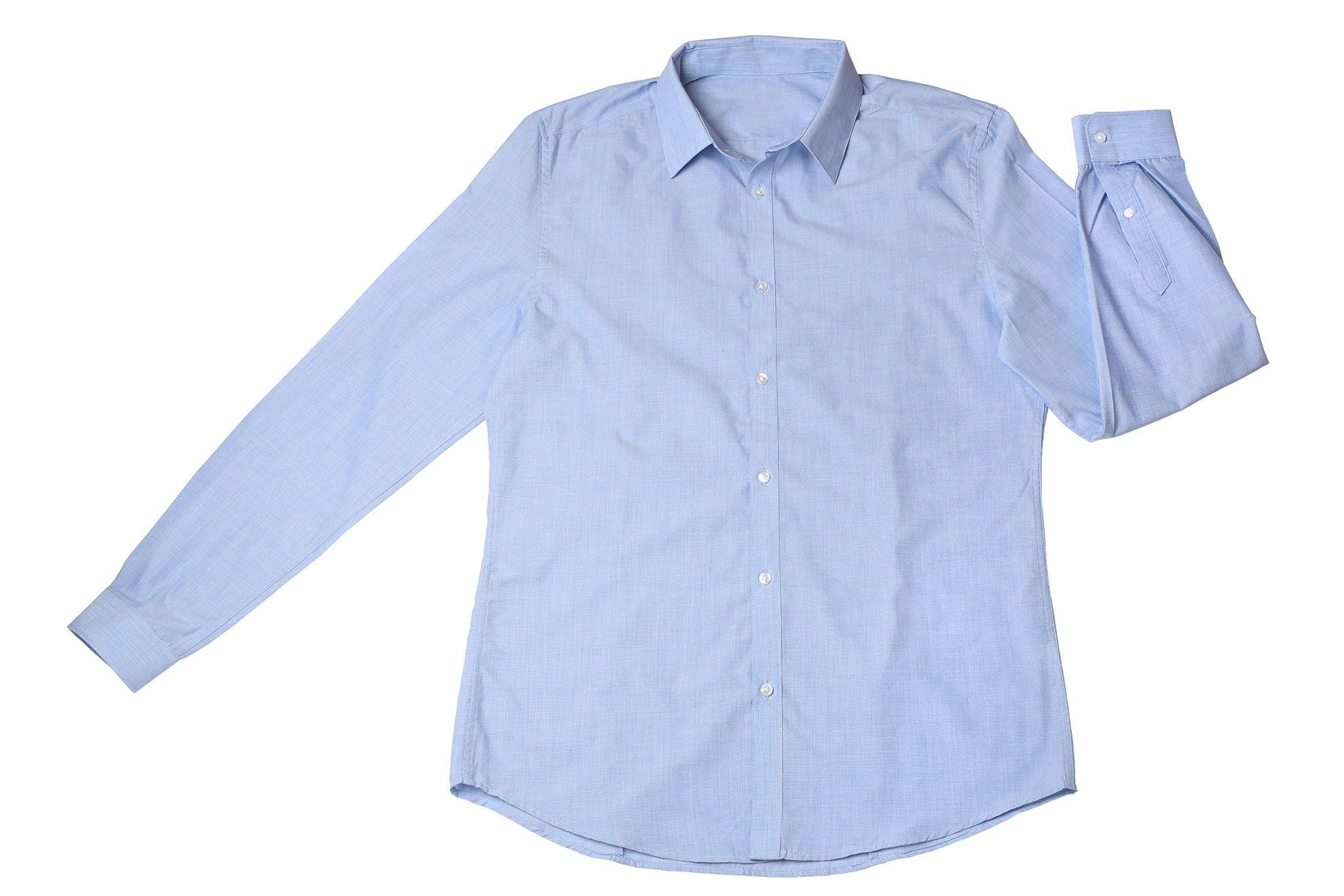Have you ever thought of the chemicals that went into making your iPhone? Your favorite pleather chair? The shirt on your back? It takes thousands of chemicals to produce things we use every day, and some of them could be harmful to both your health and the planet’s.
ChemFORWARD, the 2024 winner of Harvard Kennedy School’s Belfer Center for Science and International Affairs Roy Family Award for Environmental Partnership, is trying to make our products safer by creating a database of industrial chemicals and their effects on human and environmental health.
Heather McKenney, the science and safer chemistry lead at ChemFORWARD, was joined by Kennedy School experts as well as David Bourne, lead sustainability strategist at Google, in a panel last week at the Kennedy School’s Malkin Penthouse to discuss the company’s work as well as challenges the private sector faces in trying to reduce chemical hazards.
“We live in a world with thousands of chemicals,” said Henry Lee, Jassim M. Jaidah Family Director of the Kennedy School’s Environment and Natural Resources Program and senior lecturer in Public Policy. “They are present in the clothes we wear, what we eat and drink, the furniture in our homes, and even in the health products that we buy. Thus, focusing on what society can do to ensure the protection of public health in this chemical-intense world is especially important.”
ChemFORWARD, a Washington D.C.-based 501c3, compiles and maintains a digital repository of “verified chemical hazard assessments,” or CHAs, available to corporate subscribers in order to make informed and environmentally sound decisions about the chemicals used in their supply chains.
“There’s no requirement across all industries that all chemicals must be vetted before use,” said McKenney, who was a lead for the toxicology and product safety team at Honest Company, a baby and beauty products maker, for six years.
McKenney said there are well-intentioned companies that want to certify their products as safe, but struggle keeping track of every chemical used in their supply chain, and what the impacts of those chemicals are.
“There’s tons of toxicology data out there, and how do we start to apply and share that information such that it’s not just siloed in a REACH dossier in the EU or in an individual organization who’s developed that data?” she said, referring to the EU’s Registration, Evaluation, Authorization and Restriction of Chemicals regulation. “We’ve developed a methodology that houses the chemical hazard assessments across 24-plus human and environmental health endpoints.”
On the human side, ChemFORWARD assesses a chemical’s carcinogenicity, mutagenicity, reproductive toxicity, skin irritation, eye irritation, and neurotoxicity, among other things. On the environmental side, they measure things like persistence, or the ability of chemicals to break down.
“Looking at the totality of the data, we then take the totality of the hazards and send an overall hazard classification, or what we call our hazard bands,” McKenney said.
ChemFORWARD hazard bands fall into alphabetical rankings (A, B, C, etc.,) but are also categorized based on how much data is available about a given substance. There are chemicals marked with a question mark when the data is deemed insufficient.
Bourne said companies like his are partnering with ChemFORWARD as an important step toward creating healthier products at his firm and across the private sector.
“What we realize in partnership with ChemFORWARD is that every time we do a chemical hazard assessment, it’s not just proprietary information for Google or for whoever did the assessment. It’s now available to anyone who wants to try to platform. And so the scalability that creates is really what we saw as transformational,” he said. “The analogy I like to give is if you wanted to watch a great TV show, and you had to pay a Hollywood studio to make a show just for you, it would cost you an absurd amount of money. Because they have lots of subscribers to a streaming platform, everyone can contribute and get access to a whole body of content that is valuable.”
Charles Taylor, an assistant professor of public policy at Harvard Kennedy School, said this type of information-gathering could have important benefits beyond the private sector.
“This kind of information is really important for getting out to researchers and others who can be some of the guardians to assess, if we see chronic effects, or downstream effects,” he said.
The Roy Family Award is presented biannually to celebrate an outstanding cross-sector partnership that enhances environmental quality through novel and creative approaches.
Source link

